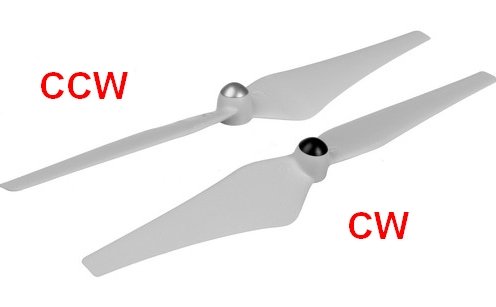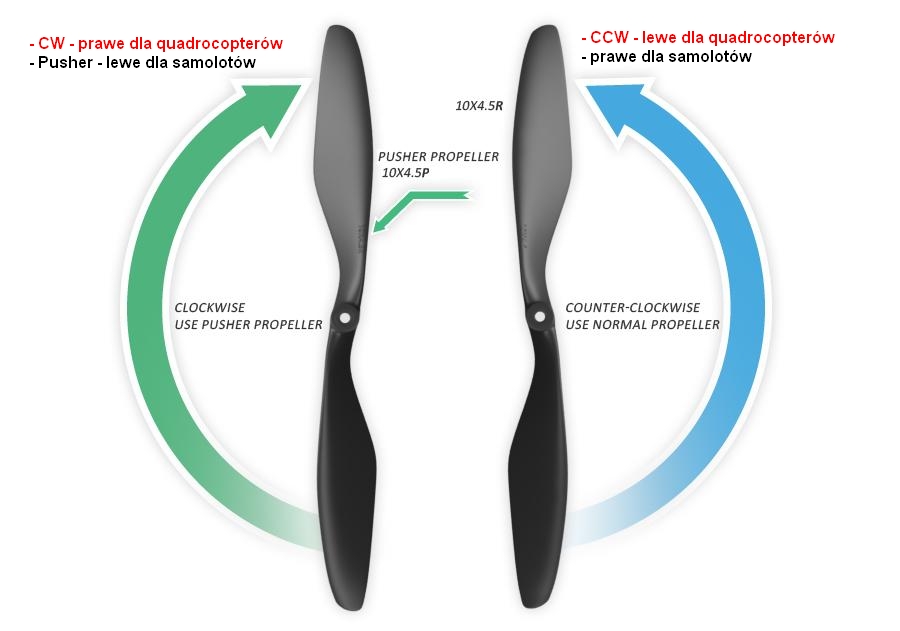
Add products by adding codes
ABC-Power 8x4 propeller - orange - 8040 propeller with reduction insert
- Universal propeller for electric aircraft models (equivalent to GWS) in the version with extended propeller holder and reduction inserts.
ABC-Power propeller 8x4 - orange - universal propeller 8040

Universal propeller for electric aircraft models (equivalent to GWS) in the version with extended propeller holder and reduction inserts.
Features of Propeller 8040 :
- Propeller profile specially prepared for use in electric aircraft
- Propellers work very well on ESA models
- Hole diameter of 6mm - Can be mounted on thick engine hub - 6mm
- Propeller tip terminated in an arc to reduce flater effects and noise
- These propellers have a high resistance to breakage
- The propeller mount has an enlarged diameter for increased strength and the ability to fit large hub diameters - up to 6mm
- Low noise level
- Propeller mounting hole diameter: 6/9mm
- Outer diameter of the propeller holder: 12.2mm
- Bead thickness: 10 mm
- Includes inserts for 3/3.3/4/5/6 mm

Propeller technical knowledge - see more...
Marking the direction of propeller rotation (keywords CW, CCW, Pusher, R, Pushing, Pulling)
To understand this, one must go back to the history of aviation. In the early days of aviation there were airplanes and the history of the airplane propeller begins with them (there were no helicopters then, much less drones).
At that time it was agreed to describe the aircraft and its components (including the propeller) from the position of the pilot sitting in the cabin of the aircraft. And then it was established that "right wing" is the one on the right side of the pilot, left wing on the left, etc. And then it was also determined that normally the propeller turns to the right when viewed from the pilot's position in the cabin (not the mechanic's position at the front of the aircraft). That is, looking from the front of the aircraft, the normal (right, R, REGULAR or trailing) propeller spins to the left (counterclockwise).
And so it went on for a long time, generally no one made propellers that spun to the left (as viewed from the cockpit). Until the advent of multi-engine aircraft. Then the need to build left-hand propellers also came out. Why was this done, well, to compensate for the actions of the recoil forces. Simply put, a multi-engine aircraft with propellers that rotated in different directions was more stable in flight (there was no tendency for the model to twist to the propeller side). That's when the left (P, Pusher, Pushing) propellers appeared (that is, the right propeller when viewed from the front of the aircraft)
So to recap.
- A basic aircraft propeller is one that spins clockwise (as viewed from the cockpit). Such propellers had no additional markings on the direction of rotation.
- Later, left-hand propellers appeared (viewed from the cockpit) and they already had an interchangeable designation (Left, P, Pusher, Pushing, etc.)
And now drones and multicopters:
But here is the era of multi-rotors (drones, quadrocopters, hexacopters, etc.). And then things started to get confusing and everyone got lost. Because if he had never built airplanes before then he didn't know that the direction of propeller rotation is looked at from the back of the propeller. And then there was a new trend of propeller labeling that described the direction of rotation of the propeller by looking at it from above (as every "drone maker" did. And for them, the left propeller was right CW (Clockwise - clockwise) and the right propeller was left CCW (CounterClockwise - counterclockwise)

Bottom line:
- Propeller normally right
- for the aeronautical modeler - markings (without directional markings or: R, REGULAR or trailing)
- for quad pilot - CCW markings - (this is a left-hand propeller)
- Propeller normally left
- for the aeronautical modeler - designations P, Pusher, Pushing, Left
- for quad pilot - CW markings - (this is a right-hand propeller)

Guide












